Some Things You Need to Know About Puppies
DOGS
3 Apr, 2019
READ 13 minutes
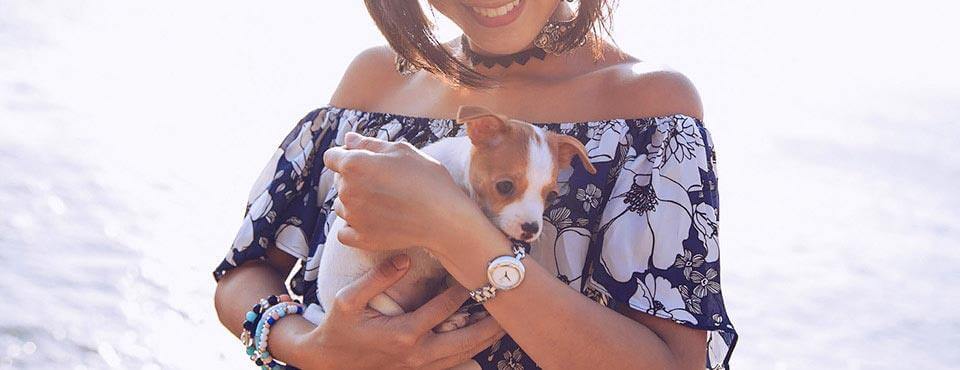
Bringing home a new puppy is an exciting experience, and while it is packed full of a huge range of emotions – from pure happiness to unconditional love – there is no doubt it can also be a daunting task at times. Making your new puppy part of the family is one of the most rewarding experiences you’ll have as you start your journey together. With so much information out there, it is good to know the basics, and what to expect when you bring your bundle of joy home. Our guide to puppy care has been designed to help you give your puppy the best start in life.
ADOPT OR BUY?
One of the first big decisions you’ll make when bringing a dog into your life is whether you want to buy, or adopt. Both options have their pros and cons, and it is important to consider what is best for you and what you want your experience to be.
If you make the decision to buy, you will be able to see the puppy’s biological parents and the environment they grew up in. Another advantage is that your puppy will have already started the socialisation process and developed some social skills.
Buying also means you are able to select the breed which matches you and your circumstances. Some breeds of dog are more independent, some are more active, some are more passive – each breed comes with its own set of particular traits which are important to investigate so you can understand how they will fit with you and your lifestyle.
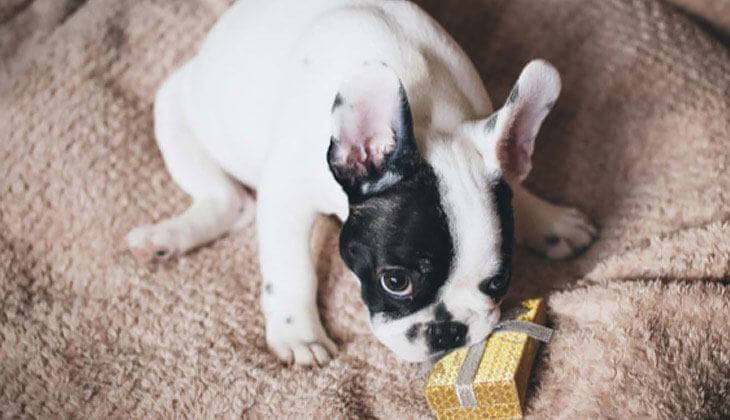
If you choose to adopt a puppy, this also comes with its advantages. Firstly, it may already be housetrained or obedience trained, and have socialised with both humans and other dogs. Secondly, and possibly most importantly, you are giving the puppy a chance it might not have had otherwise.
Weigh up the pros and cons of both routes, and decide what is best for you and your lifestyle – no matter which path you choose, you’ll be rewarded with a new member of the family and you will start on an exciting journey together.
BEFORE YOU BRING YOUR PUPPY HOME
Even before your latest family member makes their first appearance in your home, planning and preparation can give you a head start on your first day together. Once you and your family have established that you want a dog, have a meeting (or a few!) to make sure that you’ll all be on the same page. Decide:
- Who’s in charge of feeding
- Who’s going to be taking the puppy for walks
- Who’s in charge of backyard and toilet training
- The vocabulary you’ll use as a family to train your dog
If you have kids, then set expectations for your first day to make sure they don’t overwhelm the new arrival.
Prep your house to be puppy-proof: make sure household chemicals are out of reach, that cables are tied and taped to boards, and remove rugs and plants.
Prep your puppy’s bed or crate, and buy any supplies you need, like food and water bowls, collar, leash, and name tag. Make a list so you can double check you’ve got everything you need.
It is paramount that you find a vet who you feel comfortable with and you’ll be happy to work with. You’ll also need to look into the shots and vaccines that your puppy needs to have in order to prevent certain diseases and help to protect your pet.
VACCINATION PLAN
It is important to talk to your vet about your puppy’s vaccination plan. Puppies can be vaccinated from around 6 weeks of age, but most people get their puppy later than that, so talking to your vet is key when deciding on a vaccination plan. Your vet will meet your new puppy to give them a general check-up and decide on timings for vaccination. Vaccinations are generally given in a course of two or three injections depending on the age of your pup, separated by a couple of weeks or more.
You should be aware that your puppy could need vaccinations for:
- Canine distemper (essential)
- Infectious hepatitis (essential)
- Canine parvovirosis (essential)
- Leptospirosis (optional)
- Kennel cough (optional)
- Rabies (essential)
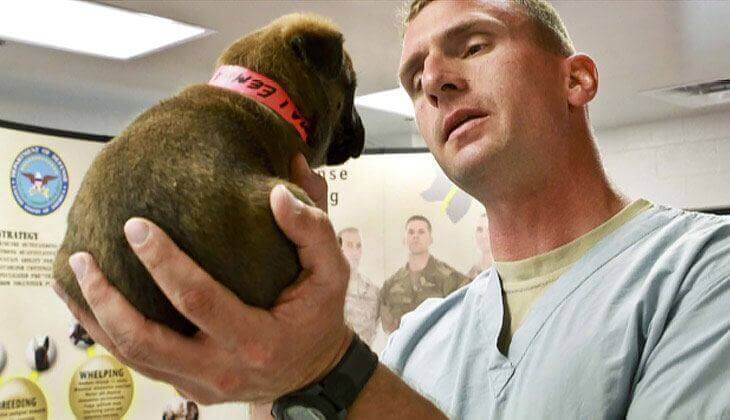
Be sure to consult your vet on the vaccinations your puppy needs. Vaccinations are essential for a healthy, happy animal.
Immunity will take a few weeks to develop after vaccination, and your vet will advise you when it is safe for your puppy to interact with other immunised dogs.
Your vet will give you a vaccination certificate which you will need to keep to show your puppy is up-to-date with all their shots.
YOUR PUPPY’S ARRIVAL
Once your new puppy has been welcomed into your home, start your new schedule off on the right foot and get into a routine of feeding, napping, toilet training, and of course, playing! Your puppy will also need alone time – don’t be afraid to leave them for short periods and don’t give in to the whimpers. Your dog needs space, and you need to prepare them for when they’ll be without you!
TOILET TRAINING
House training requires consistency. It allows you to create a close bond with your new puppy, but you’ll have to be patient over this process. It can take up to 4-6 months for a new pup to be properly housebroken. Some puppies take longer than this – of course, every animal is different.
Experts recommend starting to toilet train your puppy when they are between 12 and 16 weeks old. Start the training by keeping the puppy confined to a smaller area, like their crate, or a room. You can give your puppy more freedom as they learn not to do their business inside.
It is important to establish feeding times, and once a schedule has been put in place, take your puppy’s food away between meals.
Training starts first thing in the morning, when you should take your puppy outside, then again at regular intervals (30-60 minutes). Take your puppy outside again after a nap, and after meals. Take them out again before bedtime, and if you are planning to leave them alone for a period.
When you take your puppy out to do their business, take them to the same spot every time. This will be familiar to them and will encourage them to do as nature wills! You should stay with your puppy while you’re house training them, and praise them when they eliminate outside.
Watch for signs that your puppy needs to go:
- Whining
- Barking
- Sniffing or scratching at the door
- Circling
Accidents are bound to happen along the way – it is part of the process! Don’t lose your temper at your puppy if they do have an accident in the house. Just continue with your routine and keep it consistent.
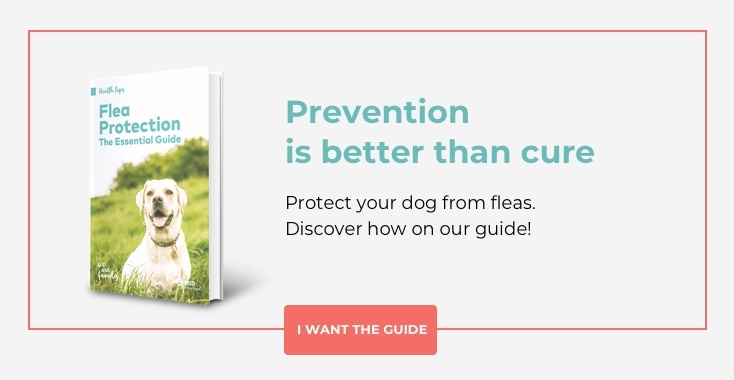
TRAINING YOUR PUPPY: SOCIALISING AND GETTING THE BASICS
Puppies that are well- socialised will generally be enjoyable pets, as they are likely to be more relaxed and are less likely to be afraid of other humans or animals. Dogs that are not socialised properly may react with fear or aggression in certain situations, so it is important to get your puppy socialised so they can live a more peaceful, happy life.
Puppies tend to be more open and accepting to new things when they are between 3 and 12 weeks old. Once they reach 12 weeks, they become more cautious of new experiences and people. When socialising your new puppy, you need to expose them to situations, sounds, objects, animals and people that you would like them to be comfortable with, such as a crying baby, or traffic. It is hard (if not impossible) to expose your dog to every possible sound and situation, but the more bases you can cover, the better.
Even though it is important to socialise your puppy, and in their first few weeks they’re more accepting of new experiences, they might still be frightened in certain situations or when confronted with new things. If you notice that they’re scared, take baby steps and reward them through praise and treats. A good idea is to attend puppy socialisation classes to learn new techniques and for you and your new puppy to learn together in a safe environment.
While your puppy is still young and learning, it is normal that they do things which frustrate you, but try not to lose your temper. Getting angry with your puppy won’t teach them anything other than stress and anxiety, so learn to control your anger and don’t hit your puppy – physical punishment actually increases the likelihood of aggression in dogs. Some discipline tactics you can use include:
- Encourage and reinforce positive behaviour
- Be consistent in your training and techniques
- Use techniques such as distraction and redirection
- Use time-outs effectively
- Ignore bad behaviours so your puppy learns that it is good behavior which is rewarded
- Use reward-based training
NIPPING AND BITING
Puppies naturally bite and nip – but these aren’t desirable behaviors for adult dogs, so it is important to nip those nips in the bud! Playing with your puppy is a lot of fun, but they don’t know how sharp those little teeth are, and they have to learn when enough is enough. Puppies usually bite each other during play, and when one bites down too hard, the pup who feels the pain will let out a sharp yelp. This stops play for a time as the biter is taken aback. Play will then resume, but over time puppies learn to control their biting with their playmates. It stands to reason, then, that they can learn the same from us.
When you play with your puppy, let them put their mouths around your fingers and hands. Keep up the game, but once you’ve been bitten, imitate a yelp which clearly indicates you’ve been hurt, then allow your hand to just go limp. If you’re not comfortable with yelping, you could choose a noise like ‘ow!’ or ‘oi!’. This should startle your puppy and they’ll stop play for a moment. If they stop, praise them, and resume play. This process shouldn’t be repeated more than three times in a fifteen minute period – if your puppy bites again, give them a time out.
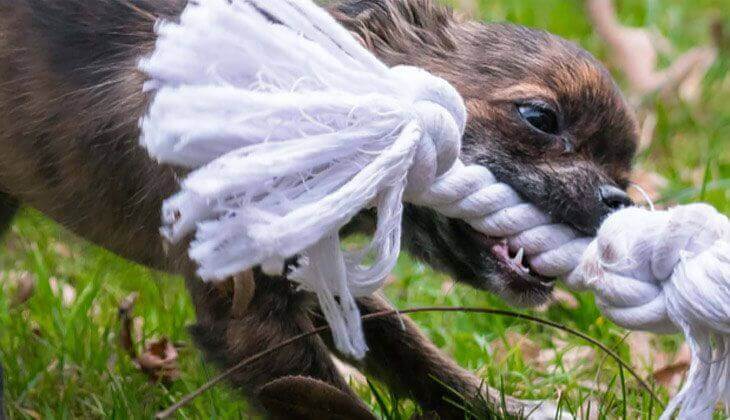
Once your puppy learns that their biting is too hard, you can take it to the next level, which is to get them used to playing with toys and the idea that fingers and hands are not for biting! When your puppy tries to chew on your fingers, or your toes, redirect with a chew or a toy. You can start to train them on play which doesn’t involve your hands, and is all sorts of fun for them, like fetching a ball, or tugs of war. Keep up time outs and yelps while you’re getting them used to the idea that your skin is not for biting.
GOING FOR WALKS
Part of the fun of having a puppy is exploring with them, and the advantage of having a dog is that you’ll always have time to exercise through taking them for walks. This is all part of a process, and the first thing to do with your puppy is get them used to the idea of the leash and collar. Until they feel comfortable with it, collars can be frightening or concerning for puppies. They might feel scared if you try to put one on, or have a tantrum. Take it step by step to get your puppy used to the idea of the collar and leash.
If you can, try and put the collar on when your puppy is focused on other things or when there will be distractions – like during mealtimes or during training sessions. Don’t put the collar on too tight. Once your puppy is used to the collar and doesn’t notice it any more, you can move on to the leash stage. Let your puppy wear the leash for periods of time, and play with them and reward them, so they associate the leash with fun, and most importantly for them, food!
Take the leash and make your puppy come to you. Get them used to coming to you on command, then you can move to practising with a few steps inside the house. If your puppy comes to you, reward them. Once they’re used to moving with the leash on, you can take it outside.
Going outside on walks is incredibly exciting for puppies, so it can be a challenge to get them to walk with you. Keep your first few walks short and be patient.
If you see your puppy about to jump away or try to go in a new direction, move a few steps and call them to you just as you did inside your house. Reward your puppy when they come to you.
Showing your puppy you are the master and training them to walk properly with you is essential no matter who is doing the walking. Walking on a leash is one of the skills your puppy can pick up very quickly, and you should have them walking to heel in no time. Once they get used to the leash and going for walks, you can start training them to walk behind you – showing them that you are, as it were, the leader of the pack.
After a good long walk, enjoy a relaxing time with your dog while watching the best doqg movies.
YOUR PUPPY’S HEALTH AND WELLBEING
Vaccination is paramount to your puppy’s health, but you also need to think about preventive care and grooming, which contributes to your puppy’s wellbeing. Most dogs experience worm, flea, or tick infestations at some point in their lives, so you’ll need to know how to prevent parasites, and treat when necessary.
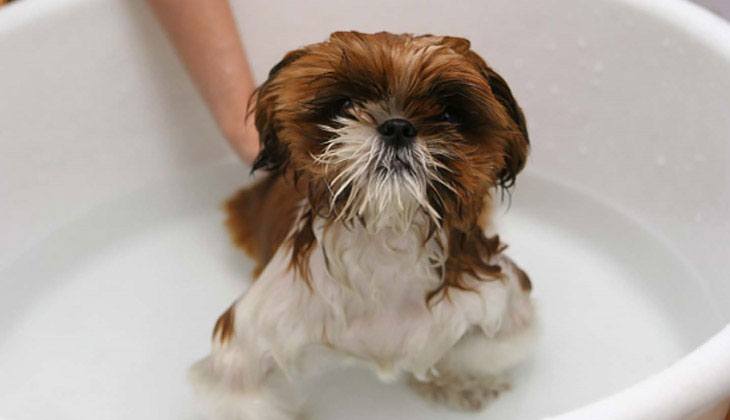
Don’t wait for your pup to start scratching their skin and shaking their head before you take action. Controlling ticks and fleas should be a habit you get into with your puppy, and you should have regular check-ups with your vet to make sure they are in optimal health. Your vet will also be able to advise you on the best flea and tick control products. Talk to them about the benefits they offer – if they provide long-lasting protection, what the dosage needed is, and what coverage they offer your puppy. You should aim to be using treatments year- round, as while it is often thought that fleas and ticks only appear in summer, with modern central heating this is no longer the case. Checking with your vet ensures you receive optimal advice, and they can also talk you through what to do should you find fleas or ticks on your puppy.
While it may seem that there is a lot to learn and consider, getting a new puppy is undoubtedly a rewarding experience. Patience and consistency at the beginning of your journey together will set you both up to share a truly special bond, and integrate your puppy as a member of the family right from the start.
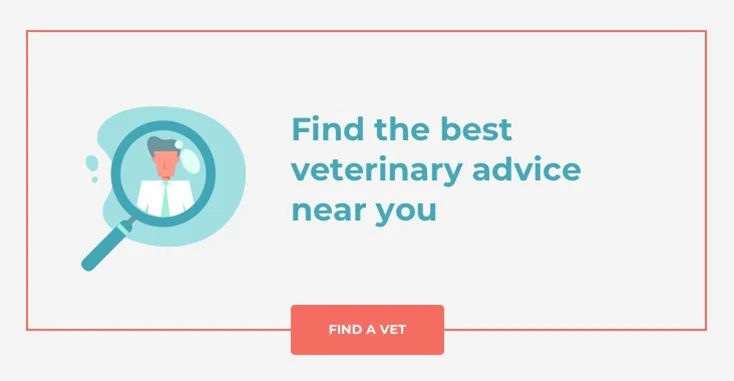
RECOMMENDED






